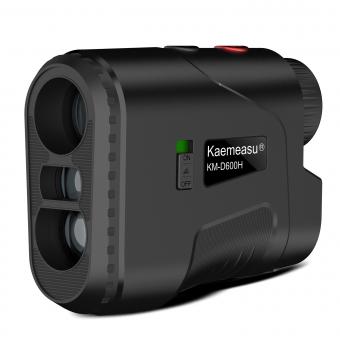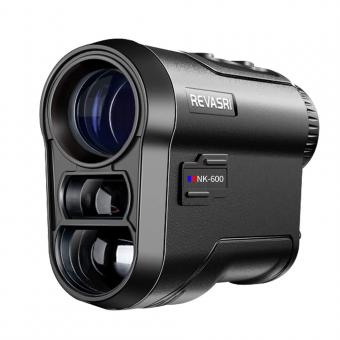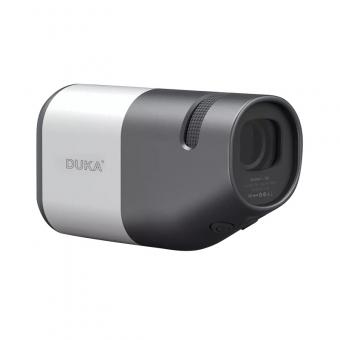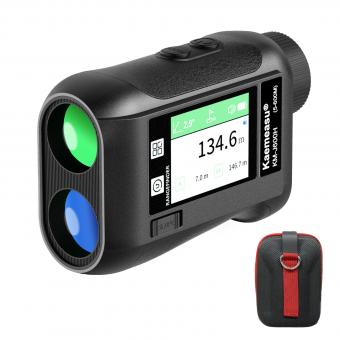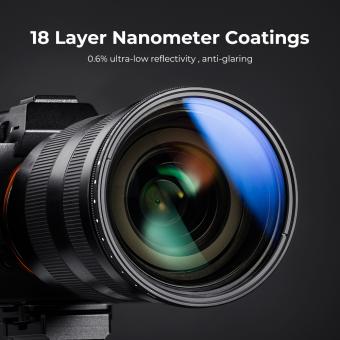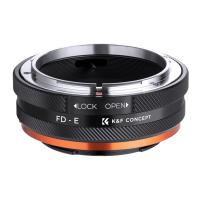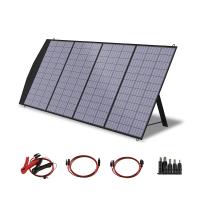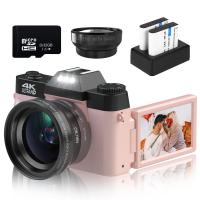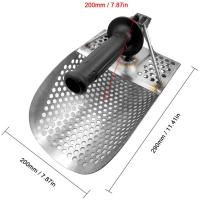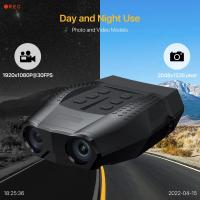How To Hold A Rangefinder Camera ?
To hold a rangefinder camera, grip it firmly with both hands, ensuring that your fingers are not obstructing the lens or viewfinder. Use your right hand to hold the camera body, with your index finger resting lightly on the shutter button. Your left hand should support the bottom of the camera, providing stability. Keep your elbows close to your body to minimize camera shake and maintain a steady grip. Adjust your grip as needed to comfortably access the camera controls and operate the rangefinder mechanism. Practice holding the camera in different shooting positions to find what works best for you and allows for smooth operation while maintaining stability.
1、 Understanding the basics of a rangefinder camera
Understanding the basics of a rangefinder camera is essential for anyone looking to capture stunning photographs with this unique type of camera. Rangefinder cameras have been around for decades and are known for their compact size, quiet operation, and precise focusing system. Holding a rangefinder camera correctly is crucial to ensure stability and accuracy while shooting.
To hold a rangefinder camera, start by gripping the camera body firmly with your right hand, ensuring that your index finger rests comfortably on the shutter release button. Your left hand should support the camera from underneath, cradling the lens and providing additional stability. This grip allows for steady control and minimizes camera shake, resulting in sharper images.
It's important to note that rangefinder cameras have a slightly different shooting experience compared to other types of cameras. Unlike SLR or mirrorless cameras, rangefinders do not have a through-the-lens viewfinder. Instead, they feature a separate viewfinder window that requires the photographer to align two images to achieve focus. This unique focusing system can take some practice to master, but once you become familiar with it, it offers a precise and enjoyable shooting experience.
In recent years, there has been a resurgence of interest in rangefinder cameras, with many photographers appreciating their simplicity and the unique aesthetic they produce. Additionally, advancements in technology have led to the introduction of digital rangefinder cameras, combining the classic rangefinder design with modern digital capabilities.
In conclusion, understanding the basics of a rangefinder camera and holding it correctly are essential for capturing exceptional photographs. With practice and a solid grasp of the camera's focusing system, you can fully utilize the capabilities of a rangefinder camera and create stunning images.

2、 Proper grip and handling techniques for a rangefinder camera
Proper grip and handling techniques for a rangefinder camera are essential to ensure stability, accuracy, and comfort while capturing images. Here's a guide on how to hold a rangefinder camera:
1. Hold the camera with both hands: Place your right hand on the camera body, ensuring a firm grip. Your index finger should rest on the shutter button, ready to capture the shot. Use your left hand to support the camera from underneath, providing additional stability.
2. Keep your elbows close to your body: Tuck your elbows in to create a stable base. This helps minimize camera shake and allows for smoother panning and tilting movements.
3. Use your body as a brace: Press the camera against your face, using your forehead as a point of contact. This technique provides extra stability and helps to steady the camera while shooting.
4. Steady your breath: Take a deep breath and exhale slowly before pressing the shutter button. This helps reduce any involuntary movements caused by breathing, resulting in sharper images.
5. Utilize the viewfinder: Rangefinder cameras typically have a separate viewfinder window. Look through it with your dominant eye, aligning the frame lines with your subject. This allows for precise composition and framing.
6. Experiment with different shooting positions: Rangefinder cameras are known for their versatility, so don't be afraid to explore various shooting positions. Try shooting from waist level, above your head, or even from the hip for unique perspectives.
7. Adapt to the latest advancements: While the basic principles of holding a rangefinder camera remain the same, it's important to adapt to any new features or advancements in camera technology. For example, some modern rangefinder cameras now offer electronic viewfinders or touchscreen controls, which may require slight adjustments in grip and handling techniques.
Remember, practice makes perfect. Spend time familiarizing yourself with your rangefinder camera and experiment with different techniques to find what works best for you.

3、 Adjusting the viewfinder and focusing mechanism on a rangefinder camera
How to hold a rangefinder camera:
When it comes to holding a rangefinder camera, there are a few key points to keep in mind to ensure stability and accuracy in your shots. Here's a step-by-step guide on how to hold a rangefinder camera properly:
1. Grip the camera: Hold the camera with both hands, ensuring a firm grip. Use your right hand to hold the camera body, while your left hand supports the lens from underneath. This grip provides stability and minimizes camera shake.
2. Steady your stance: Stand with your feet shoulder-width apart or find a stable surface to rest your elbows on. This helps to further stabilize the camera and reduce any unwanted movement.
3. Adjust the viewfinder: Rangefinder cameras have a separate viewfinder window, usually located on the top left corner. Adjust the viewfinder to your eye level, ensuring a clear and unobstructed view of the scene. This allows for accurate framing and composition.
4. Focus the image: Rangefinder cameras use a separate focusing mechanism, typically a small patch in the center of the viewfinder. Align the two images in the patch by adjusting the focus ring on the lens until they merge into one sharp image. This ensures accurate focus.
5. Steady your breath: Take a deep breath and exhale slowly before pressing the shutter button. This helps to minimize any movement caused by your breath and ensures a sharper image.
It's worth noting that while rangefinder cameras have a unique shooting experience and offer excellent image quality, they may require some practice to master. Experiment with different holding techniques and find what works best for you. Additionally, keep in mind that each rangefinder camera model may have slight variations in design and operation, so consult the camera's manual for specific instructions.
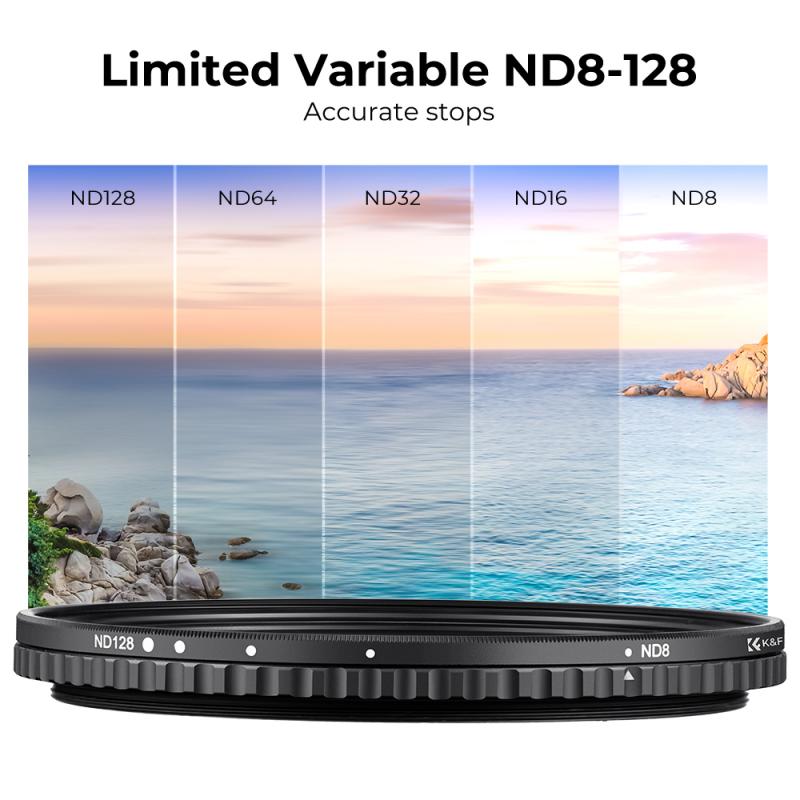
4、 Mastering exposure settings and metering with a rangefinder camera
Mastering exposure settings and metering with a rangefinder camera is essential to achieve accurate and well-exposed photographs. However, before diving into exposure settings, it is important to know how to hold a rangefinder camera properly to ensure stability and minimize camera shake.
When holding a rangefinder camera, it is crucial to have a firm grip on the camera body. Place your right hand on the camera body, with your index finger resting on the shutter release button. This allows for easy access to the button while maintaining a steady grip. Use your left hand to support the camera from underneath, cradling the lens and providing additional stability.
To further stabilize the camera, it is recommended to tuck your elbows into your body and stand with your feet shoulder-width apart. This stance helps to minimize any unnecessary movement and allows for a steady shot.
Additionally, it is important to be mindful of your breathing while taking a photograph. Take a deep breath, exhale slowly, and then gently press the shutter release button. This technique helps to reduce any potential camera shake caused by abrupt movements.
Lastly, consider using a tripod or other stabilizing equipment when shooting in low light conditions or when using slower shutter speeds. This will greatly enhance the sharpness and clarity of your images.
In conclusion, mastering exposure settings and metering with a rangefinder camera is crucial for achieving well-exposed photographs. However, it is equally important to hold the camera properly to minimize camera shake and ensure stability. By following these guidelines, you can improve your photography skills and capture stunning images with your rangefinder camera.



